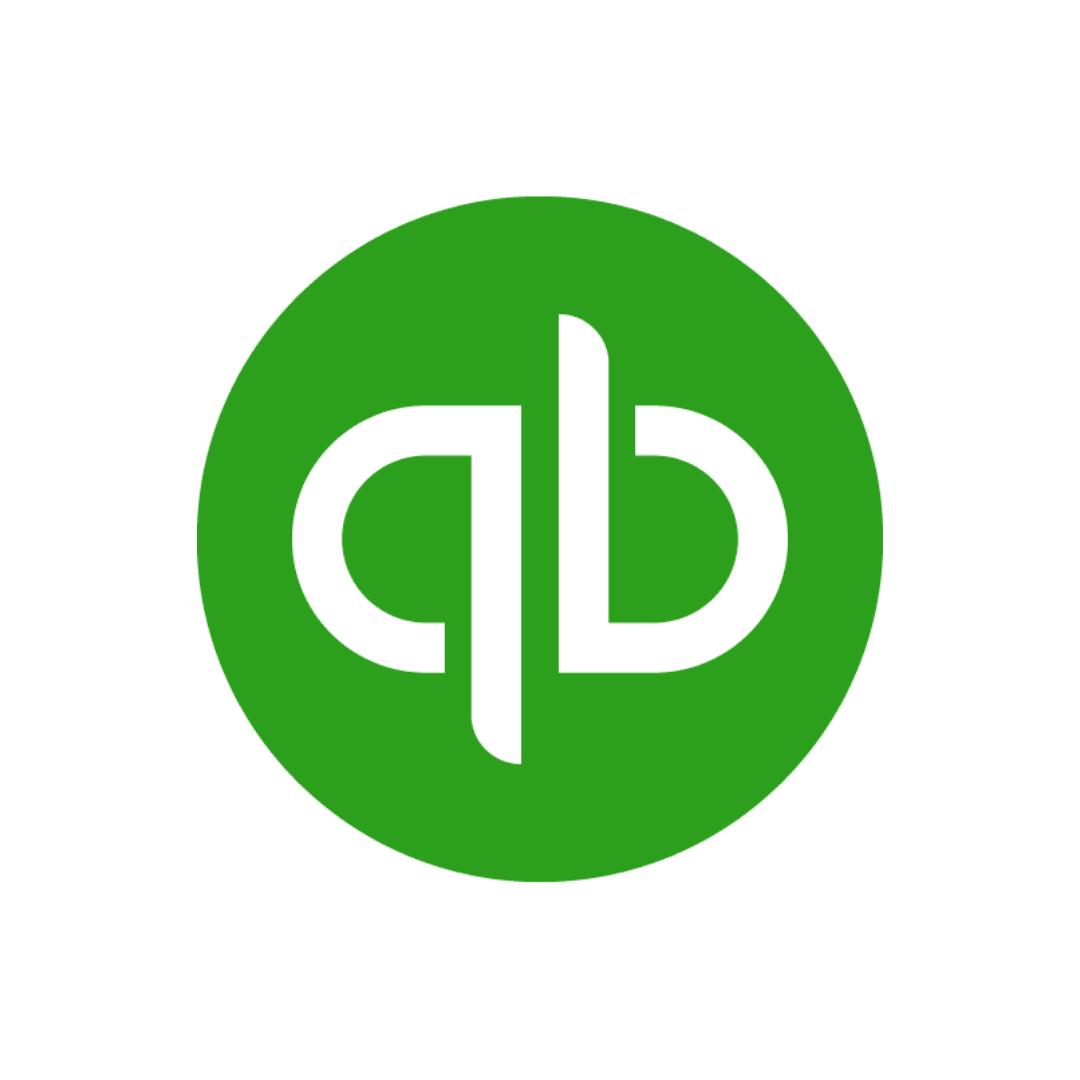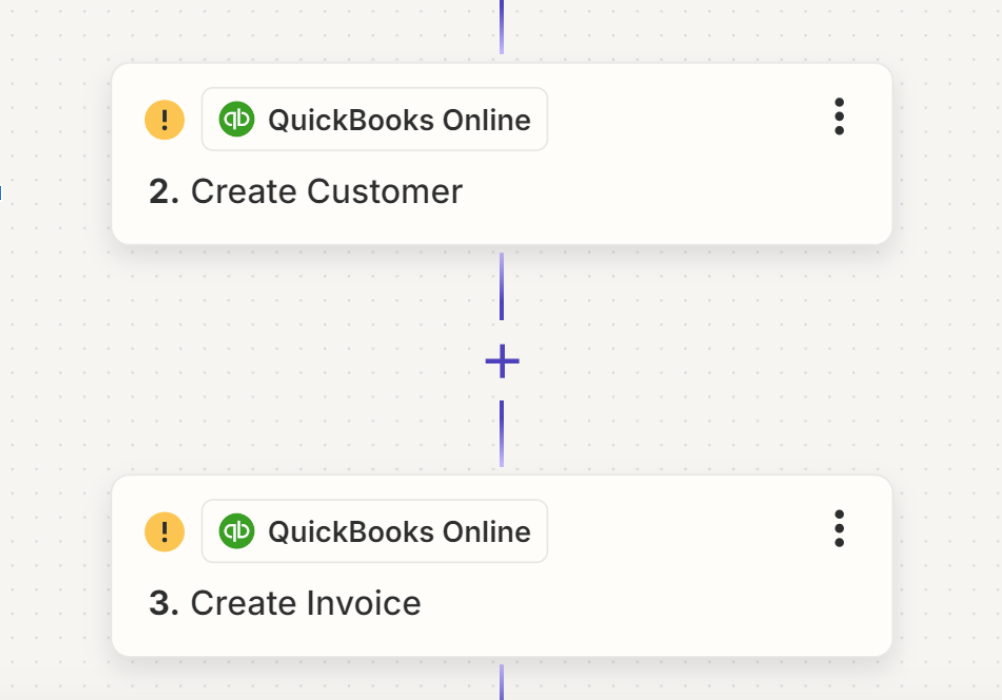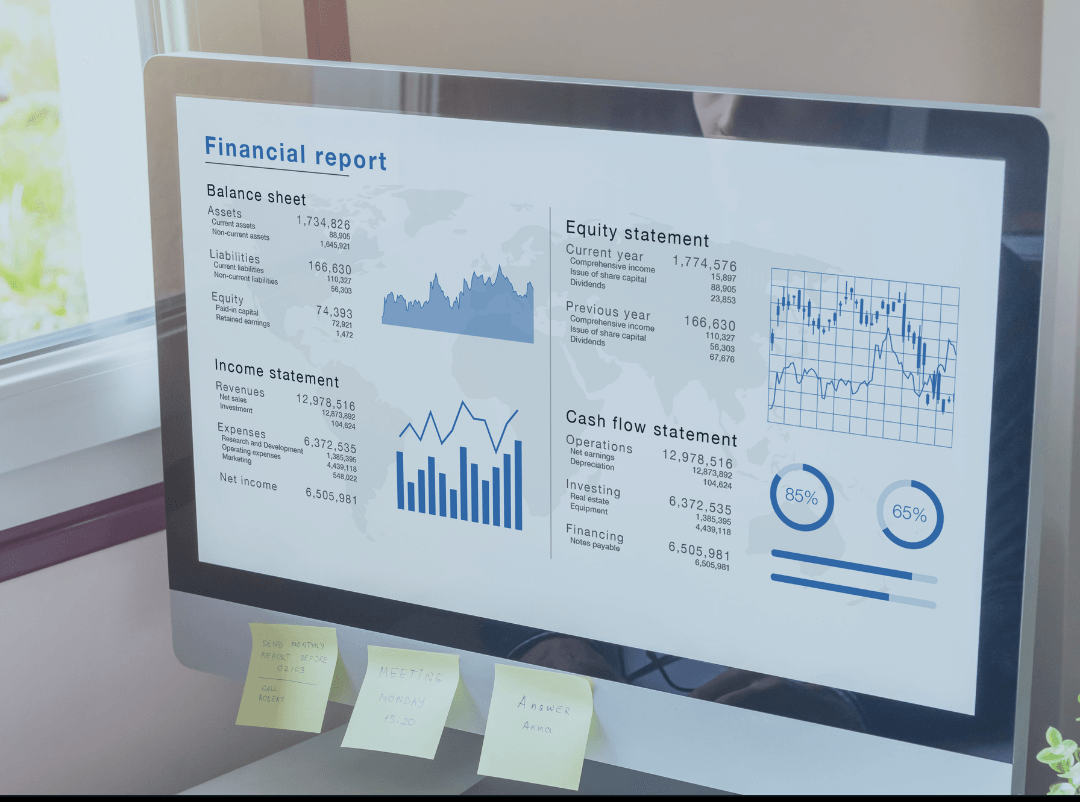Tips to Managing Your Accounts Receivable
No matter your industry, a steady, positive cash flow is vital. It’s what will allow you to pay your employees, purchase inventory, and serve your customers. Therefore, you should design a strategy that allows you to establish sustainable cash flows.
One way to do so is through proper accounts receivable management. Here are five tips to help you take control of your accounts receivable process and avoid cash flow issues that take a toll on your organization.
- Set Up Electronic Payments - Your customers lead busy lives, so it’s your job to make it easy for them to pay their invoices on time. You may want to set up electronic payment methods through platforms like Melio or Bill.com. The less hoops your customers have to jump through to pay you, the more likely you are to get paid on time.
- Provide Multiple Payment Options - There’s no denying that customers like options. Some want to pay with a credit card or electronic funds transfer. Others, however, may be old school and prefer to send a check in the mail. By offering multiple payment options, you can prevent payment delays that are the result of inconvenience.
- Outline Your Payment Terms - Make sure your invoices clearly outline your payment terms. Do you operate on a net 30 where customers have 30 days to pay? Or are invoice payments due on receipt? Your customers should know exactly what you expect from them so place your terms in a bold, easy-to-read, font at the top of each invoice.
- Send Reminders - Life happens and customers are likely to forget to pay your invoices. To avoid this situation as much as possible, send out polite payment reminder emails. Figure out if you’d like to send them a week, three days, or a day before payments are due. If your customers owe you larger sums of money, you may want to give them a reminder call to build some rapport.
- Offer Early Payment Discounts - If you can afford it, consider rewarding customers who pay early with discounts. Maybe they receive 3% off, for example, if they pay within a week rather than 30 days. Of course, this only makes sense if you’re in an industry with sustainable profit margins and confident it won’t hurt your bottom line. This can also be used as an incentive for those customers that don’t pay within the defined payment terms. Remember, it’s better to have some cash versus no cash at all.
At GrowthLab, we help small businesses like yours succeed. You can trust us to manage your accounts receivable and make recommendations on how you can use it to increase your revenue and meet (or even exceed) your business goals.
Other Blogs Related to Small Business Accounting





